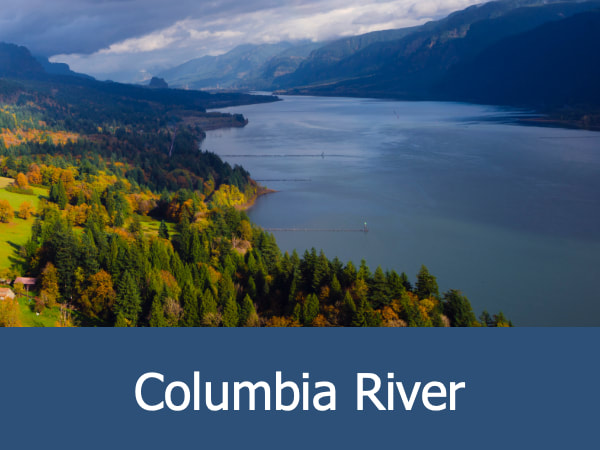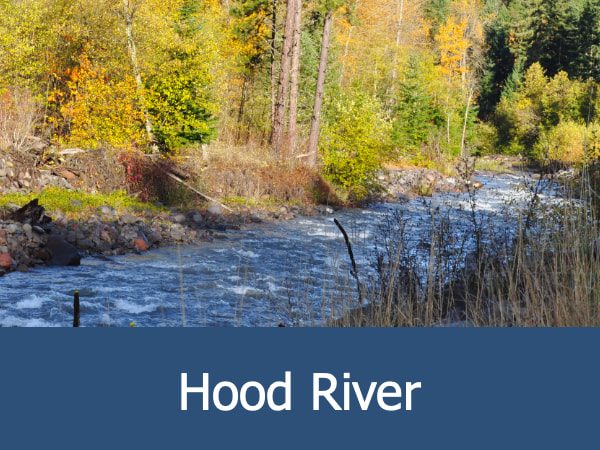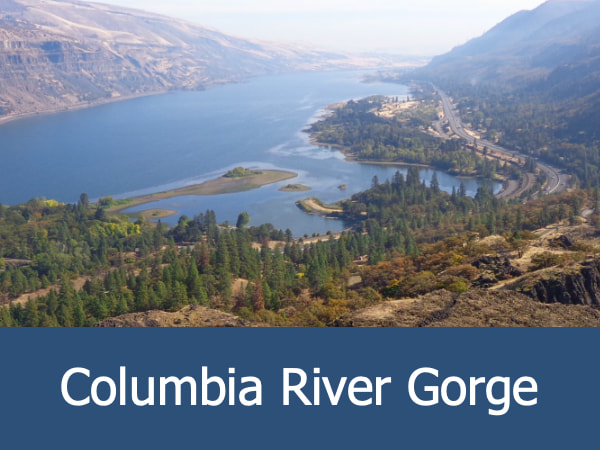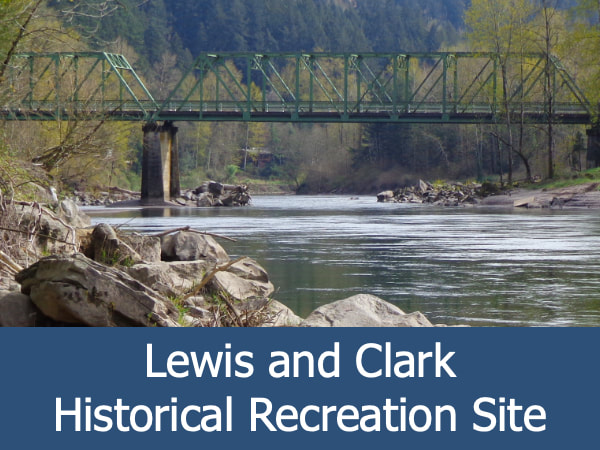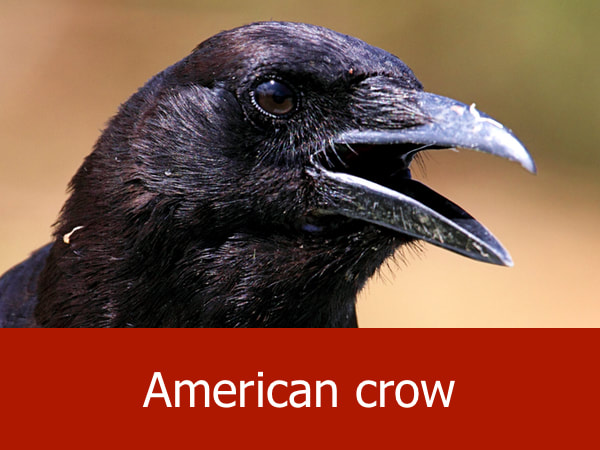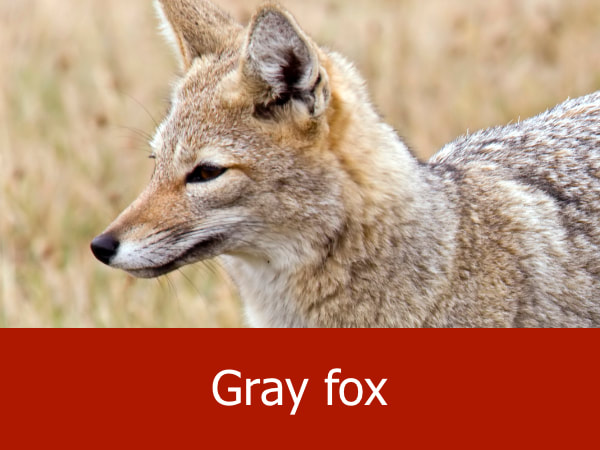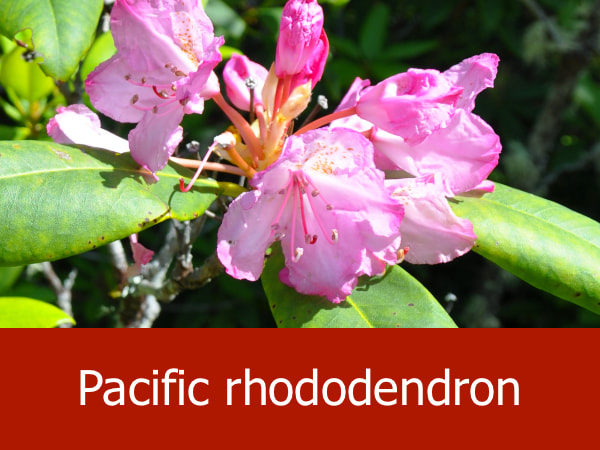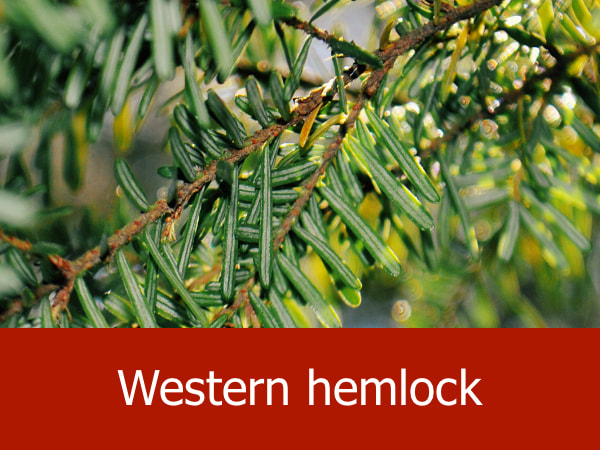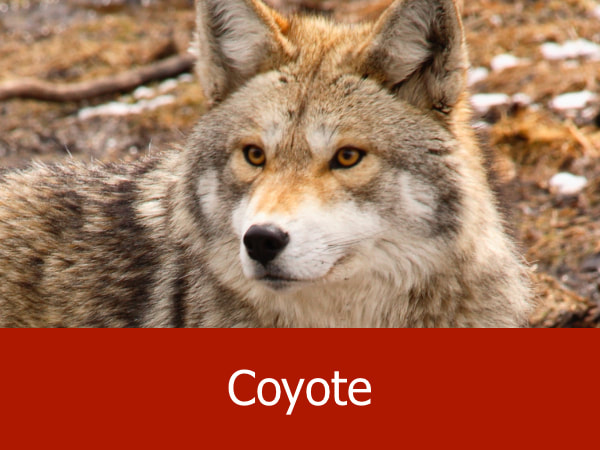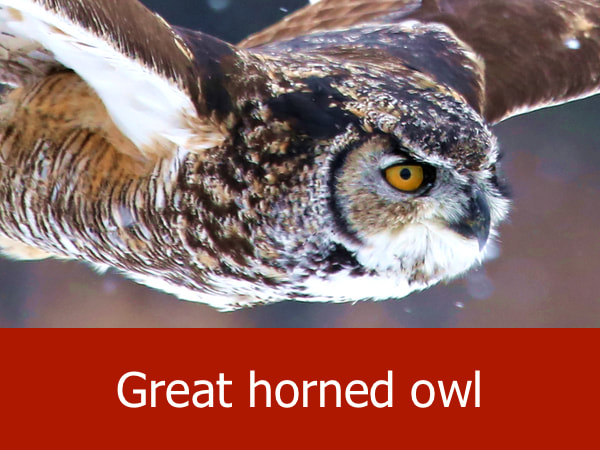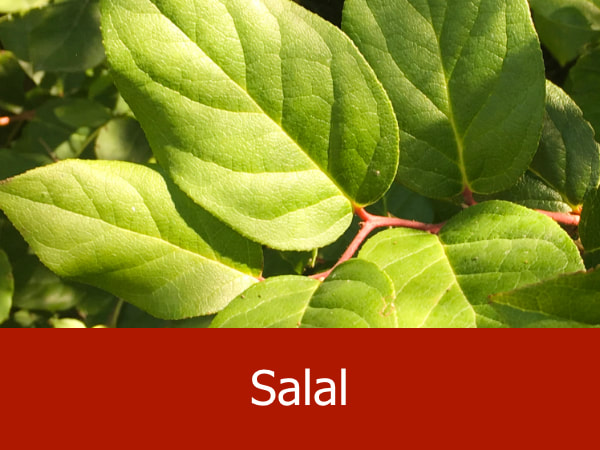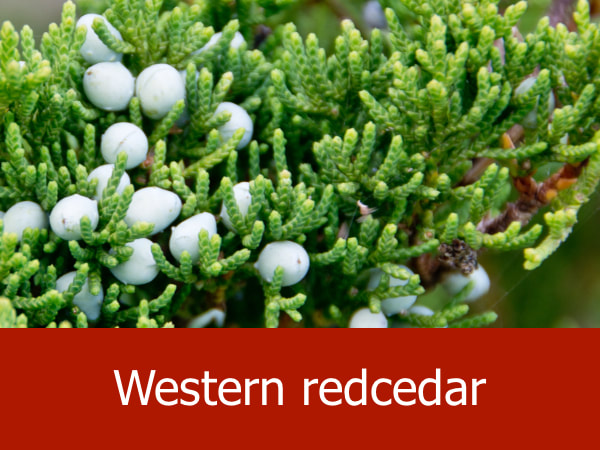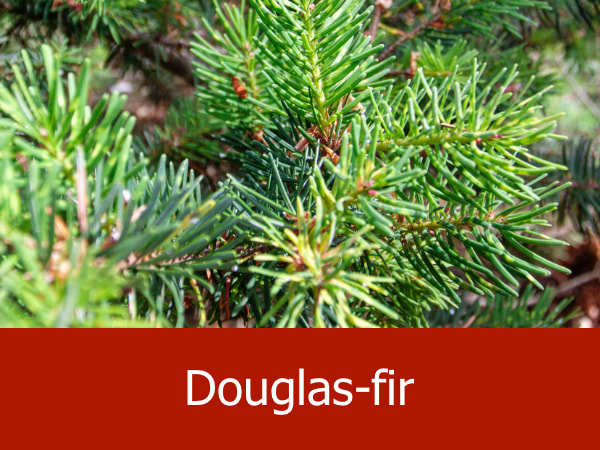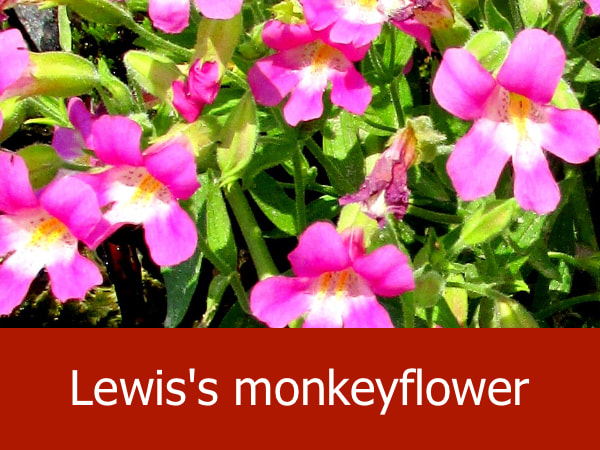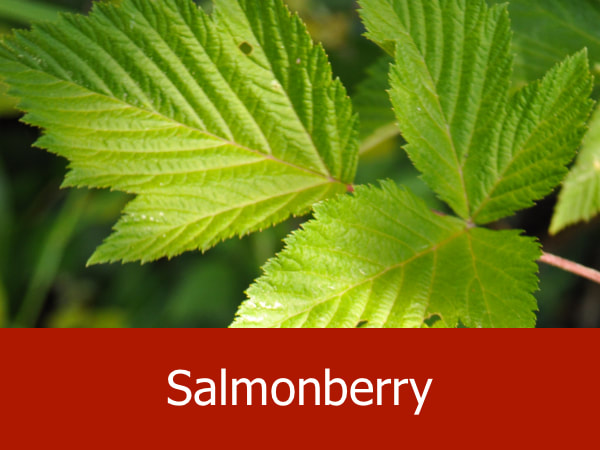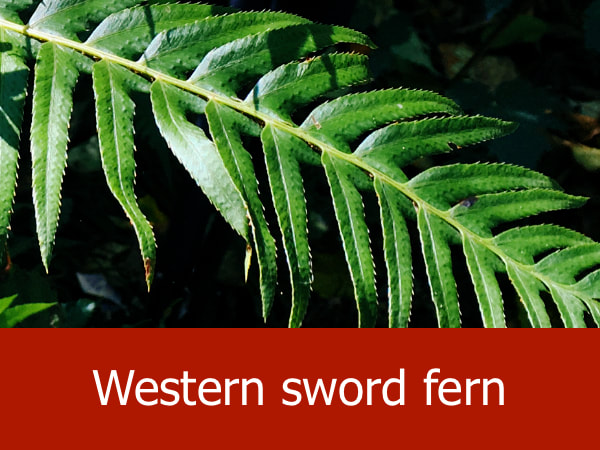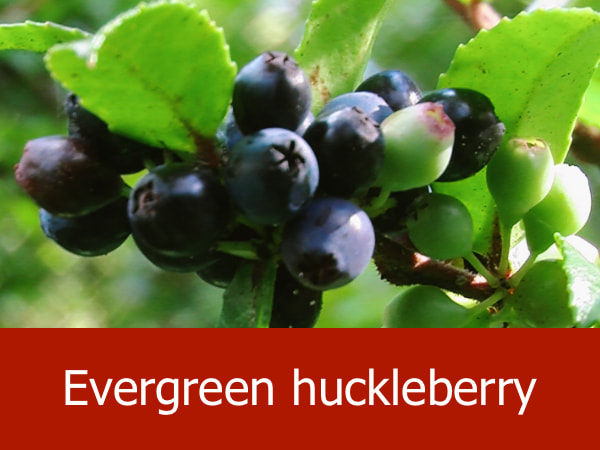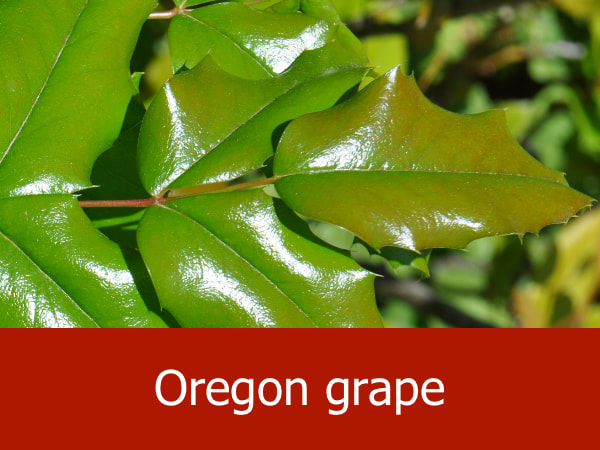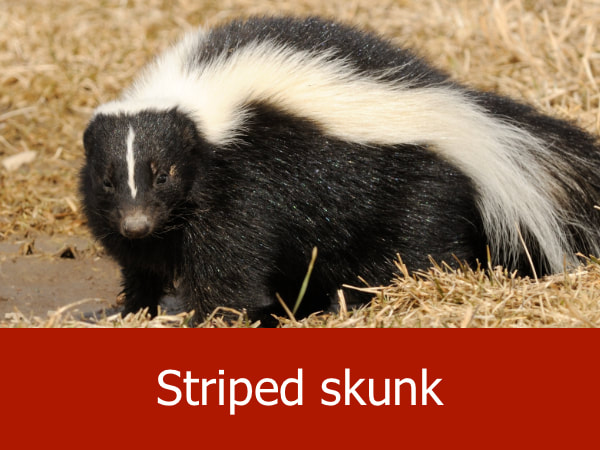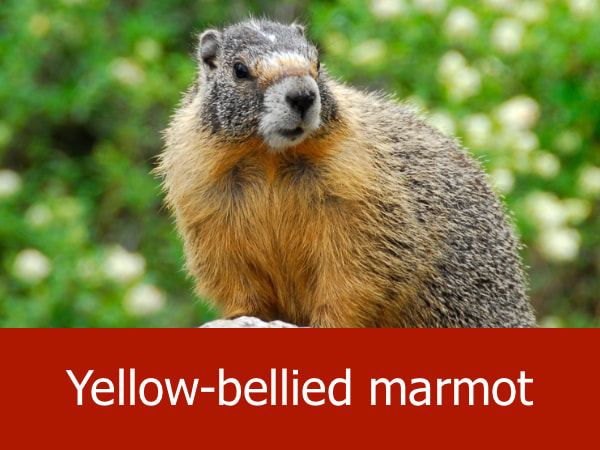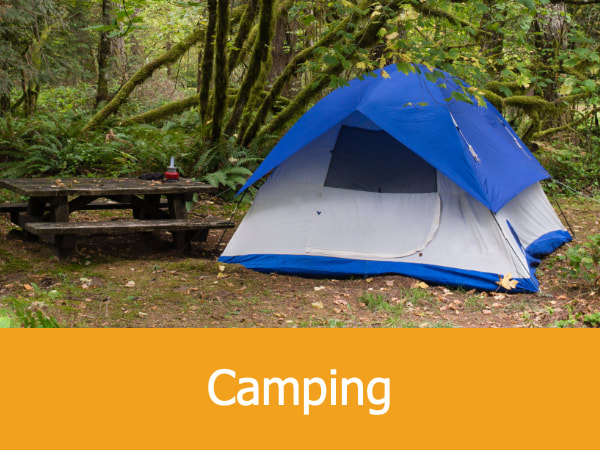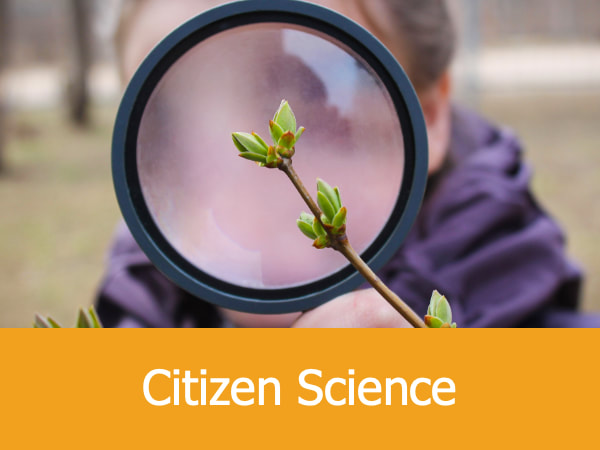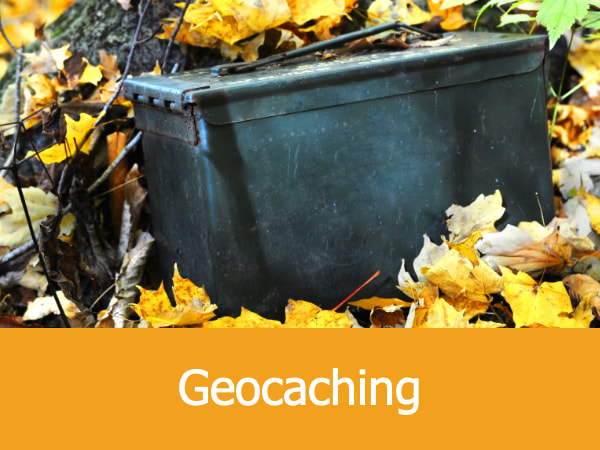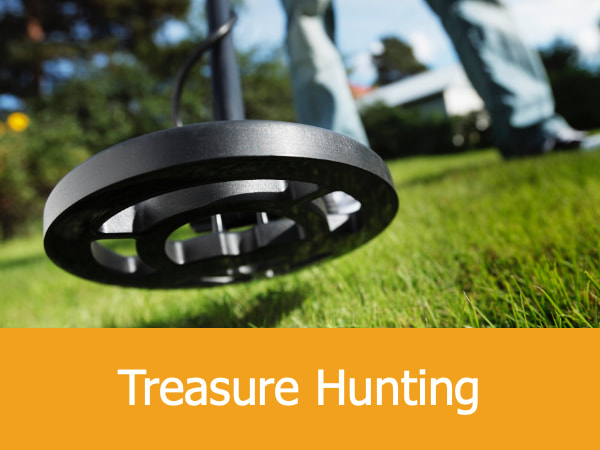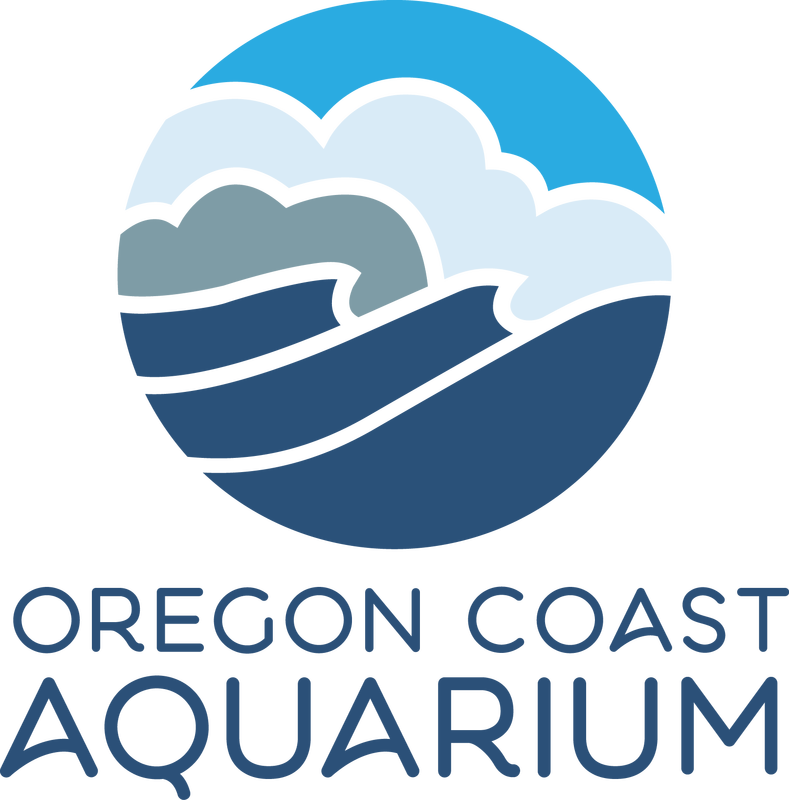|
GPS Coordinates: 45.3564667, -121.75053
|
REGIONS > CENTRAL OREGON
Designated in 1964, the Mount Hood Wilderness include the dormant volcano and the surrounding area, comprising a total parcel of over 64,000 acres. The dominate landform is, of course, Mount Hood itself. Rising to an impressive 11,240 feet (3,500m), it is the tallest mountain in the state of Oregon with a summit perpetually covered in snow and ice. Its slopes also contain up to 11 actives glaciers and are a destination point for mountain climbers from all over the world. The stratovolcano (a conical shaped volcano made up of various layers of sediments and rock) is part of the Cascadia volcanic arc. The arc extends from British Columbia to northern California. Due to the population density of these areas, the Cascadia volcanoes are considered some of the most potentially dangerous in the world. Mount Hood's last major eruption was in 1781 or 1782 and lasted until shortly before the arrival of the Lewis and Clark Expedition in 1805. It is considered dormant today and the chance of eruption is low. |
The wilderness surrounding the mountain is dominated by a Douglas-fir forest. Precipitation is high so a thick understory of salal, Pacific rhododendron, Oregon grape and huckleberries support a wide variety of animal species. Due to the large amounts of ice and snow on the mountain slopes, the area is crisscrossed by numerous streams and rivers, some feeding into the Columbia River to the north, others draining south into the adjacent valleys.
The wilderness is administered by the U.S. Forest Service and includes a variety of recreational opportunities, including hiking, fishing, camping and winter sports.
The wilderness is administered by the U.S. Forest Service and includes a variety of recreational opportunities, including hiking, fishing, camping and winter sports.
Features Related to the Mount Hood Wilderness:
Eating My Way Through the Fruit Loop: A young Oceanscape volunteer hungrily explores this driving tour through Oregon's agricultural heartland.
Going, Going, Gone... Missing Animals of the Columbia River Gorge: The Columbia River Gorge has seen plenty of species come and go over the millennia. Here is a short list of species you WON'T see when you visit there today.
Historic Columbia River Highway: There are dozens of historic and scenic routes in Oregon, but probably few are as famous or as popular as the Historic Columbia River Highway.
Lewis and Clark Expedition: This legendary overland expedition not only lead to the discovery of new places and species, but helped pave the way for American expansion across the continent to the Pacific Ocean.
Going, Going, Gone... Missing Animals of the Columbia River Gorge: The Columbia River Gorge has seen plenty of species come and go over the millennia. Here is a short list of species you WON'T see when you visit there today.
Historic Columbia River Highway: There are dozens of historic and scenic routes in Oregon, but probably few are as famous or as popular as the Historic Columbia River Highway.
Lewis and Clark Expedition: This legendary overland expedition not only lead to the discovery of new places and species, but helped pave the way for American expansion across the continent to the Pacific Ocean.




